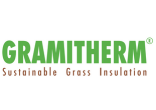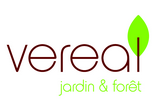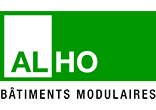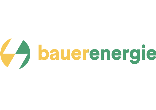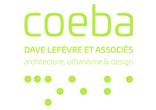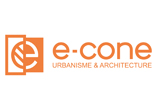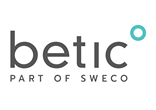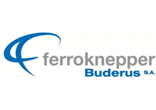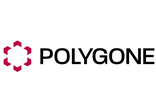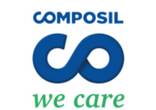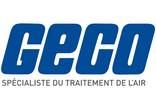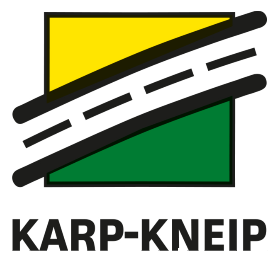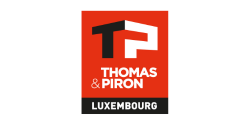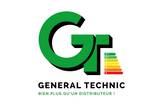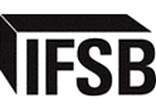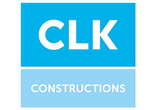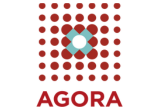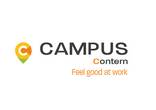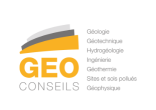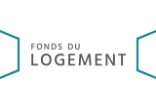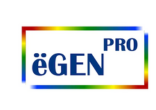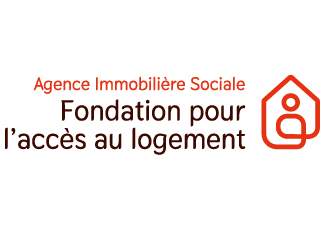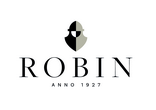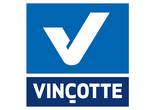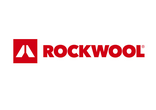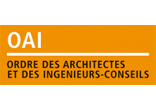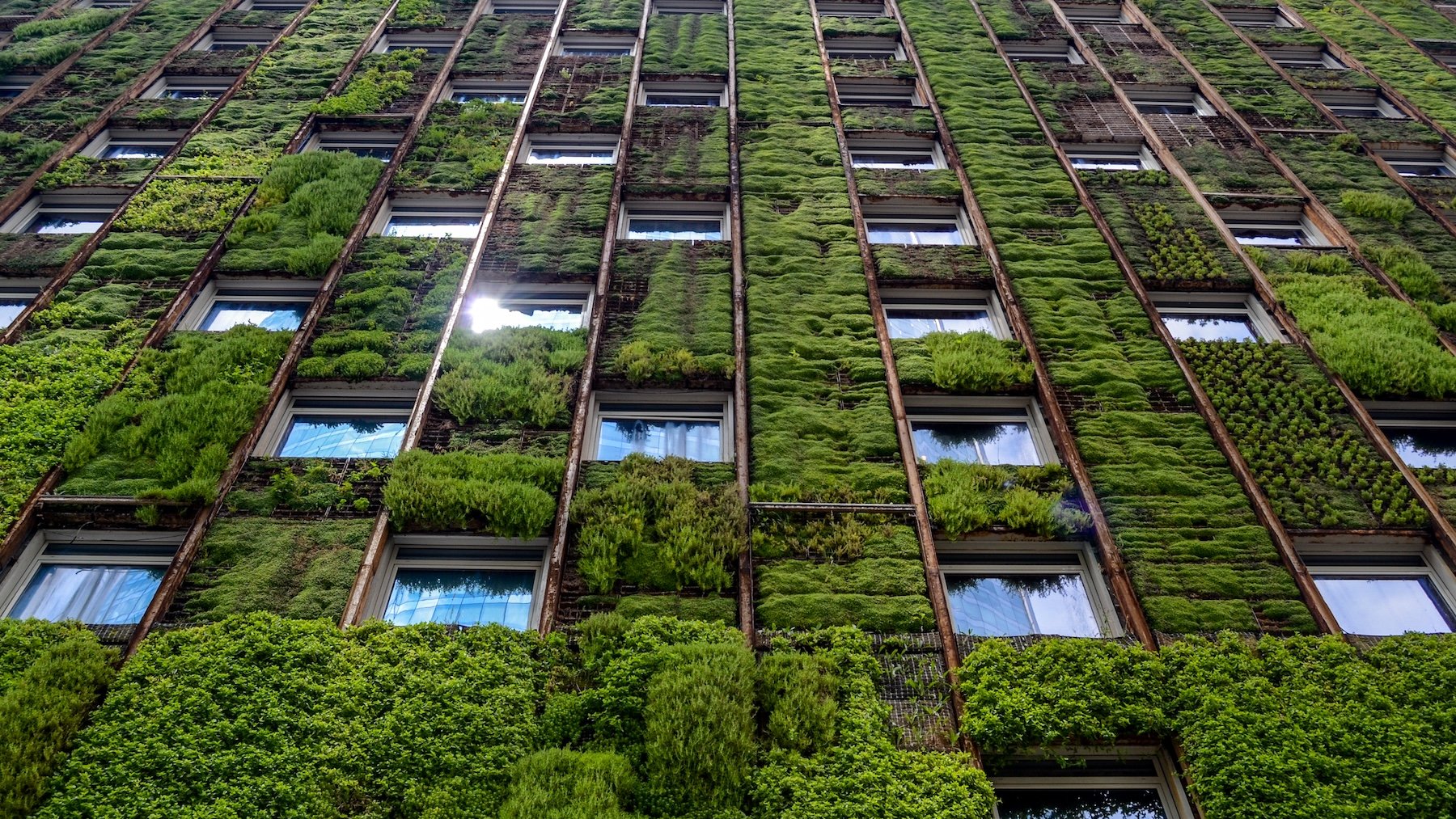
Future-proof real estate : embracing green and healthy buildings
Now, more than ever before, green and healthy buildings have emerged as essential solutions to addressing environmental and health challenges in urban settings. But what exactly are these buildings, and why are they critical for the future of local communities and sustainable development ?
Green buildings aim to reduce environmental impact by optimising resource efficiency, using renewable energy, and minimising waste, aligning with the principles of the circular economy. This approach emphasises recycling, reuse, and regeneration of materials to promote sustainability in construction. In addition, healthy buildings focus on supporting the physical, psychological, and social well-being of occupants. They promote health, safety, and productivity through optimised design, ventilation, water quality, non-toxic materials, and active occupant engagement.
Luxembourg is at the forefront of promoting green and healthy buildings, exemplified by the Skypark Business Center (SBC) near Findel Airport. As one of Europe’s largest wooden structures, SBC is designed to meet nearly Zero Energy Building standards, incorporating renewable energy systems like solar panels and rainwater harvesting. This innovative project not only aims to reduce carbon emissions but also enhances indoor environmental quality, ensuring clean air and optimal thermal comfort for occupants.
Luxembourg’s efforts align with the broader European Union strategy to decarbonise the real estate sector. With buildings accounting for 40% of total energy consumption and 36% of greenhouse gas emissions in the European Commission transforming this sector is essentialto meet the EU’s ambitious climate goals. By 2030, the EU aims to reduce building emissions by 60%, with a long-term goal of full decarbonisation by 2050.
Luxembourg’s green building initiatives reflect a wider trend across Europe, driven by the European Green Deal, Renovation Wave Initiative, and the EU’s recovery plan which prioritise reducing greenhouse gas emissions and energy use in buildings. Countries like Denmark, Greece, and Sweden are leading in reducing building emissions, cutting them by more than 50% since 2005.
The movement towards sustainable and healthy buildings is also supported by innovative public procurement policies. For instance, in cities like Zurich, regulations require at least 25% recycled materials in public construction projects. These policies help foster demand for sustainable building materials and practices.
However, challenges remain. The higher costs of low-carbon materials, such as net-zero steel and low-carbon concrete, along with a shortage of skilled labour, could slow progress. Stefan Moser, head of the Energy Performance of Buildings Unit at the European Commission, has stressed the need for more trained workers in green construction.
To conclude, in Luxembourg and across Europe, these buildings not only reduce environmental impacts but also create healthier living and working spaces. With EU initiatives and advances in sustainable construction materials, the movement toward greener, healthier buildings is gaining momentum. Although challenges such as material costs and labour shortages exist, the long-term benefits – reduced emissions, lower energy costs, and improved health outcomes – make green and healthy buildings a vital part of sustainable urban development.
Text by Fani Xylouri and Andrada Nastase, Grant Thornton Luxembourg
Images : © Grant Thornton
Article tiré du dossier du mois « Fondations solides »


